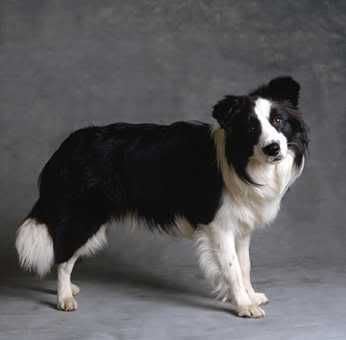brookcove
Posted : 2/8/2009 2:38:51 PM
Ted's sire is a CEA carrier. He was bred to a CEA Normal female and a solid working litter was the result, with the worst case scenario being that any of them MIGHT be a carrier also. Carriers are normal sighted. Chances are, however, that in the next generation, any that are selected for breeding will also happen not to be carriers. And that will be the end of CEA in this line, but not the end of the line.
That is how selecting for work first operates.
As to exercise induced hyperthermia. First, it's little known outside sport and pet breeding circles at the moment. I HAVE seen dogs with exercise intolerance and heat intolerance and trust me, these dogs do not make it to Open.
It's up to the puppy buyer to educate themselves on what constitutes actual working breeding. I don't consider a dog that is one of four on a farm with twenty dog broke sheep, that has never trialed above the novice or nursery level, to be working bred. More importantly, I don't consider the breeder to be one who is in a position to make the hard decisions about the difference between a dog that can do the day's work and one that can't. I'm not a breeder but I've been a sheep producer for a while now, using dogs, and even my novice eyes can see where even minor flaws can make a dog totally useless when you need them most.
And I don't purchase pups from untried parents - I want to see that they are capable of the work, and have been doing it for some time, over a variety of conditions, and show the complete package of soundness, temperament, trainability, and health that is vital to a true working dog.
If anything, this actually proves my point that you can't stand on the outside and say, "That characteristic should be bred and that one shouldn't, and this is the best way to figure out which dogs make the best working dogs."
Honestly, I can't understand it. It seems perfectly simple to me. If you want a breed that works at a particular job, you train every dog you breed, to do that job. You don't spend time and money and valuable stretches of a dog's short life, getting other people to tell you whether a dog looks like it might be able to do a job.
Besides, even if working breeders wanted to try to "show judges what working dogs should look like" - that battle was lost long ago, from the first that one of the above type Border Collies stepped in the ring. Those dogs rule, period - they are "showy" and no working bred OR EVEN CROSSOVER BRED dog can hold a candle to their melting expression, sweet faces, glowing coats, beautiful flowing gait, lovely angulation (which is getting more oblique with each generation it seems), perfect round little feet, straight fronts and rears, delightfully set necks and toplines that allow beautiful draping of coats, and correctly set ears.
This is one of the most beautiful Border Collies I know: the grandsire of my hopeful puppy:

Look what happens when he stands straight up though. Note front, topline (particularly across loin). I can just see the judges drooling over this:

Especially when THIS is standing in the ring with him:

There's a reason for Rook's conformation though. If we put in arbitrary standards on how the dogs look, how can we maintain their ability to do the athletics that their jobs require? There is a very strong thinking in our breed that it is BECAUSE we don't care about straight legs and pretty gaits at the trot, that we have dogs capable of this:

All photos of Rook copyright and property of Christine Henry. Do not download or link.